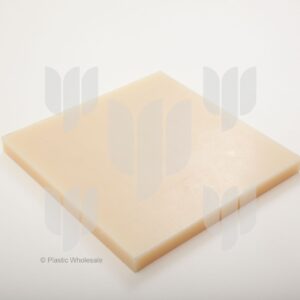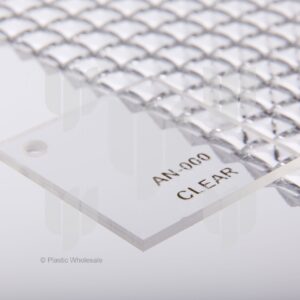About PTFE
Polytetrafluoroethylene (PTFE), also known as Teflon®, is a high-molecular-weight compound composed of carbon and fluorine.
It offers excellent chemical resistance and non-reactivity, the ability to withstand extreme temperatures, good wear properties, and the lowest kinetic and static friction of any man-made solid; remaining listed in the Guinness Book of World Records as the world’s slipperiest material 60 years after it was invented.
It is also the only known material that a Gecko cannot adhere to. It is best known as a non-stick coating for frying pans, but is also used as a high-performance industrial lubricant.
Teflon® is a registered trademark of DuPont.
 Download datasheet (145Kb)
Download datasheet (145Kb)
History
1938 – PTFE is discovered by accident by US chemist Roy Plunkett while he is attempting to make a new CFC refrigerant.
1941 – PTFE is patented by DuPont subsidiary Kinetic Chemicals.
1945 – Kinetic registers the Teflon trademark.
1954 – French engineer Marc Grégoire creates the first non-stick frying pan, using a coating of PTFE resin.
Applications
PTFE is an extremely high-density, water-repellent material consisting of tight crystalline carbon-fluorine structures. It is extremely dense and in raw form can only be shaped by compression and sintering, but its mechanical properties can be enhanced with the addition of fillers such as glass fibres, carbon and graphite. It is used for the following:
- Industrial machinery: PTFE offers extremely low friction and is used for sliding parts such as gears, plain bearings and slide plates. Its chemical resistance and ability to operate in both high and low temperatures make it highly useful to the mining industry for gaskets, O-rings and other sealing elements; conveyor belts carrying sticky and corrosive materials; bushes, bearings and piston mills; and for chemical-resistant laboratory equipment, along with many other applications
- Tubes and hoses: Extruded PTFE tube is used in the most challenging industrial applications – such as mineral extraction – where high exposure to heat and corrosion would limit the viability of metal
- Carpets and fabrics: PTFE’s resistance to liquids makes it useful as a protective coating for carpets and other fabrics
- Cooking utensils: Many kitchen supply brands offer non-stick pans and other cookware coated with PTFE, which is usually applied over a primer or base coat which adheres to the both the utensil metal and the PTFE layer
Key Properties
General
Density relative to water (=1), 2.19
Water absorption (24 hrs), Nil
Thermal
Continuous Service Temperature, -200 to 260°C (-328 to 500°F)
Thermal Conductivity, 0.24 W/mK
Mechanical
Tensile Strength at Break, 0.24 W/mK
Elongation at Break, 150 – 340%
Flexural Strength, 689 Mpa
Impact Strength, Notched Izod @ 23°C, 1.9 J/cm (3.5 ft-lbs/in)
![]() Download datasheet (145Kb)
Download datasheet (145Kb)



